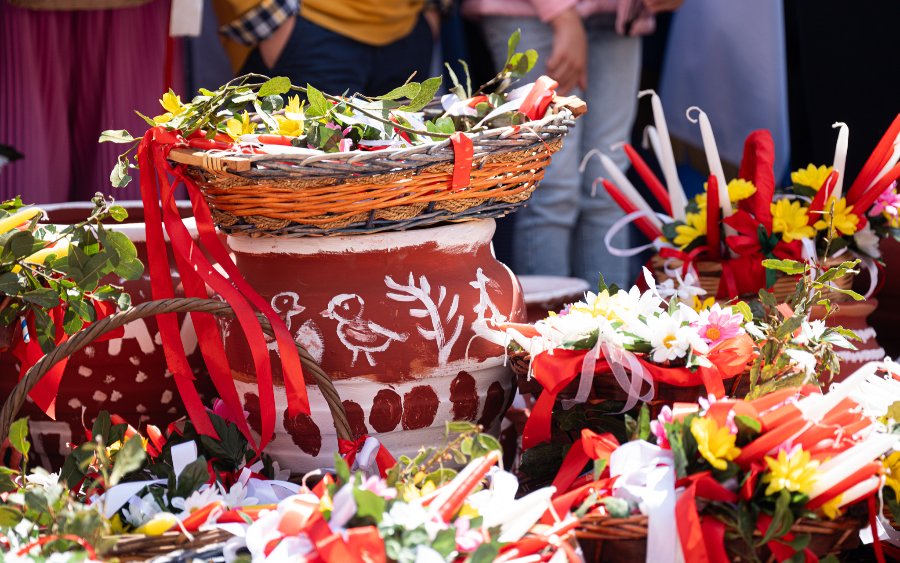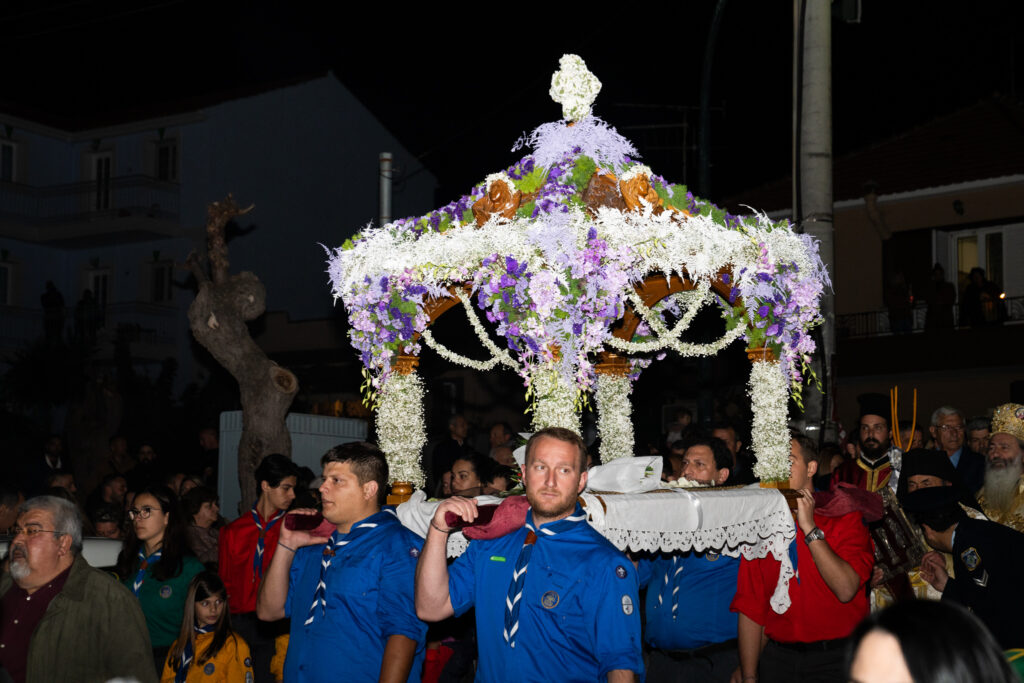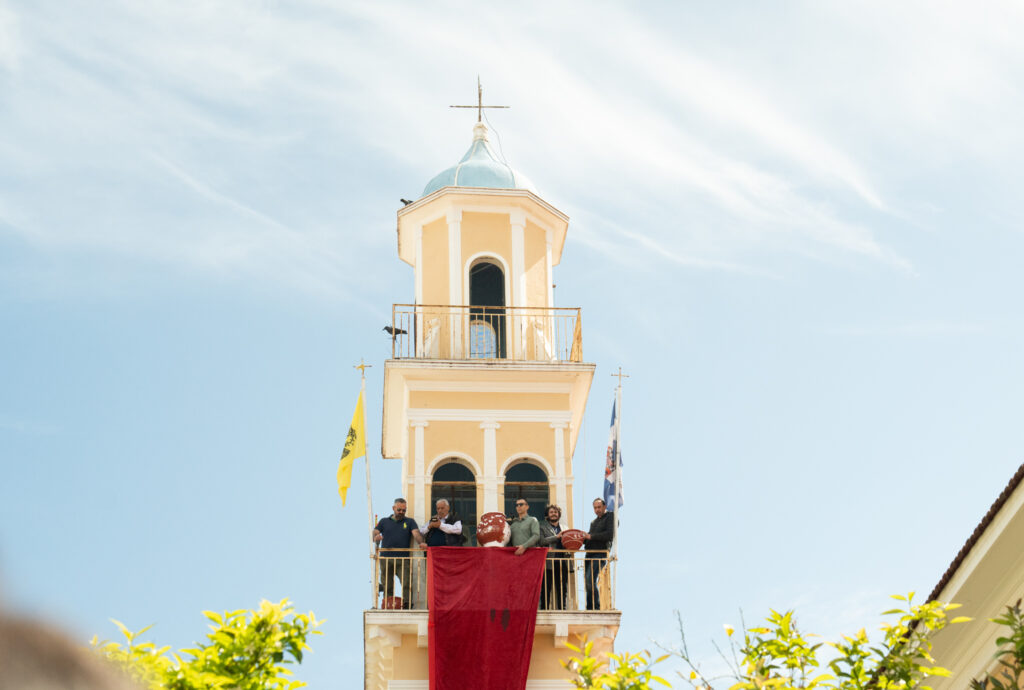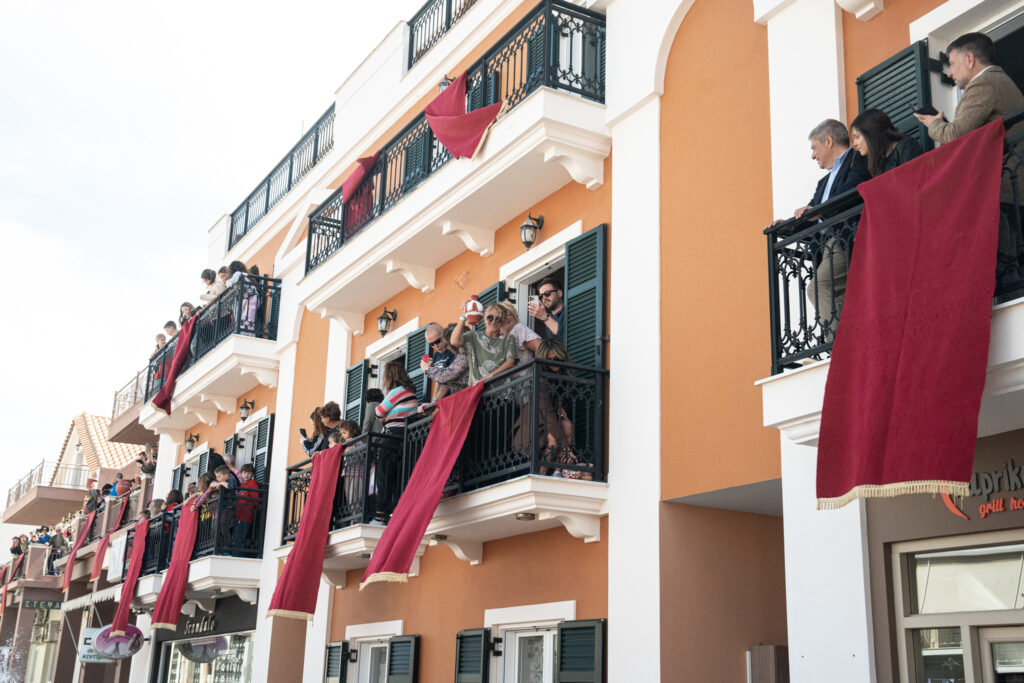Easter in Kefalonia: A magical destination for the young and old

Easter is considered one of the most important feasts of Orthodoxy, celebrating the resurrection of Jesus. Kefalonia during this period is a magical destination for young and old alike. A peaceful place since it brings you in touch with nature, which has not been spoiled over the years.
Below we have compiled a few of the traditions that are carried out during the week leading up to Easter and the week following. Events that will satisfy young and old alike.
Saturday of Lazarus
The children make crosses wrapped with white cloth or ribbon. They place them on top of the icon representing the Resurrection of Lazarus in churches. The day before, the children enjoy singing the carols of Lazarus.
Holy Tuesday
On the evening of Holy Tuesday, the male choir of Argostoli recites the Troparion of Kassianis in one of the local churches. It is one of the most beautiful moments you will experience if you choose Kefalonia for Easter. This custom conveys to the world how Kassiani managed to lead an ascetic life. Apart from the male choir of Argostoli, other local choirs across Kefalonia will impress you too.
Good Friday, Epitaph procession
In all the churches of Kefalonia, the decoration of the epitaphs with various kinds of flowers is carried out by young girls and older women. In Argostoli, Lixouri, and Sami the churches decorate the epitaphs impressively but in the villages the simple decoration with wild flowers is timeless. On the afternoon of Good Friday, you can visit any village in Kefalonia and take part in the epitaph procession.
Holy Saturday
On the morning of that day, the first Resurrection takes place with the traditional custom: The breaking of the pitcher, at the church of Agios Spyridon in Argostoli. This symbolizes the noise that must be heard for the evil of death to leave.
Shortly after the first resurrection, a large crowd of people proceed to Kampana Square, where the custom of the pitcher is continued.
On the evening of Holy Saturday, the Resurrection takes place, where after the Gospel is read and the phrase “Christ is Risen” is heard, thousands of fireworks flood the sky. In all the towns of Kefalonia and the villages, the inhabitants celebrate the resurrection of Christ with hundreds of fireworks.
Easter Sunday, the custom of "Dancing Love".
Once the Easter meal is completed and after the Liturgy of Love is over, the custom of “Dancing Love” is carried out. Priests, cantors, residents, and visitors can take part. They dance around the church then pass through the doors and join hands together with their eyes turned towards the church. This is repeated three times. In this way, the Kefalonians celebrate the joy of the resurrection. This particular tradition takes place in the church of Agios Athanasios in the village of Agia Irini.
TIP: The traditional foods that Kefalonians used to eat on Easter Sunday are goat or lamb and sweet myzithropita with dill.
New Monday, the "Litany of Blessings"
The week after Easter is called Nea or Nia by the Kefalonians. The custom of the “Litany of Blessings” in Pessada was established to ward off the disease that overwhelmed the inhabitants of Dorizata. They fell ill with smallpox and the inhabitants of Pessada, to avoid contact with the infected, placed the icon of the Virgin Mary outside the village so that those in need could pay their respects. Since then the “Litany of Blessing” was established with the procession of the icon from Pessada to Dorizata.
Those who come to Kefalonia at Easter will not regret it but will be surprised by the beauty of the island and the various events during that period.


 The epitaph procession in Argostoli
The epitaph procession in Argostoli Saint Spiridon church on Holy Saturday morning
Saint Spiridon church on Holy Saturday morning Kampana Square, the smashing of the pitchers
Kampana Square, the smashing of the pitchers